- Home
- Articles
- Architectural Portfolio
- Architectral Presentation
- Inspirational Stories
- Architecture News
- Visualization
- BIM Industry
- Facade Design
- Parametric Design
- Career
- Landscape Architecture
- Construction
- Artificial Intelligence
- Sketching
- Design Softwares
- Diagrams
- Writing
- Architectural Tips
- Sustainability
- Courses
- Concept
- Technology
- History & Heritage
- Future of Architecture
- Guides & How-To
- Art & Culture
- Projects
- Interior Design
- Competitions
- Jobs
- Store
- Tools
- More
- Home
- Articles
- Architectural Portfolio
- Architectral Presentation
- Inspirational Stories
- Architecture News
- Visualization
- BIM Industry
- Facade Design
- Parametric Design
- Career
- Landscape Architecture
- Construction
- Artificial Intelligence
- Sketching
- Design Softwares
- Diagrams
- Writing
- Architectural Tips
- Sustainability
- Courses
- Concept
- Technology
- History & Heritage
- Future of Architecture
- Guides & How-To
- Art & Culture
- Projects
- Interior Design
- Competitions
- Jobs
- Store
- Tools
- More
Wall Insulation Options to Improve Comfort in Tampa’s Variable Weather
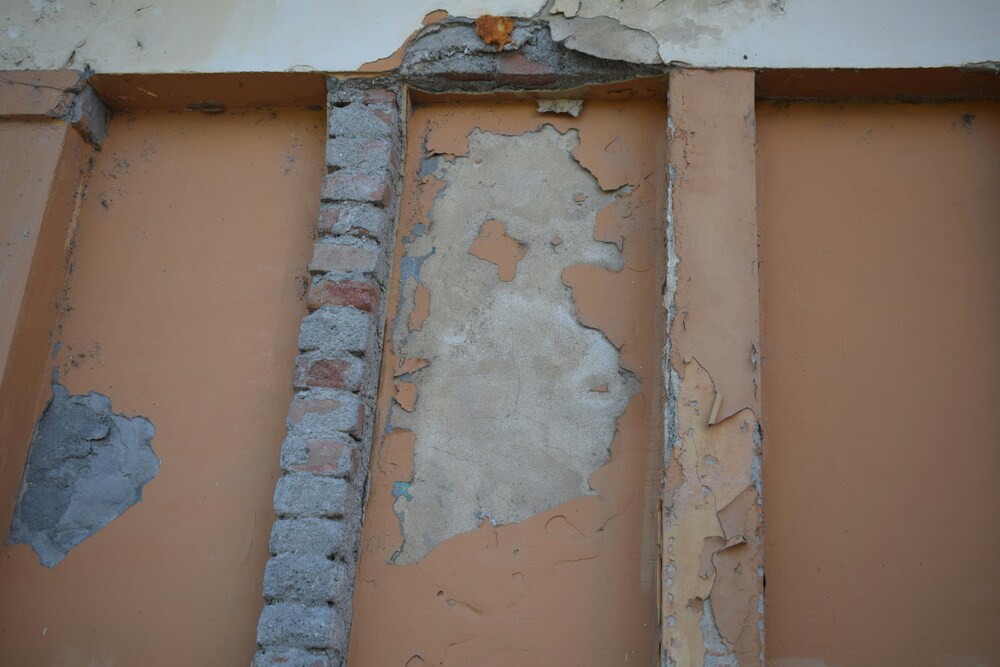
Living in Tampa means dealing with sweltering summers, surprise cold fronts, and year-round humidity that can make your home feel uncomfortable no matter how much you adjust the thermostat. If you’re tired of sky-high energy bills and rooms that never seem to reach the right temperature, your walls might be the culprit. Poor wall insulation doesn’t just waste money—it makes your home less comfortable and can even let outside noise disrupt your peace.
Table of Contents
ToggleWhy Tampa’s Variable Weather Challenges Home Comfort
Tampa’s unique climate creates specific challenges that many homeowners don’t fully understand until they’re facing uncomfortable living conditions and mounting utility costs.
Understanding Tampa’s Climate and Its Impact on Homes
Tampa’s weather throws curveballs at your home’s comfort system throughout the year. Summer temperatures regularly climb into the 90s with humidity levels that make it feel even hotter, while occasional winter cold snaps can drop temperatures into the 40s or 50s overnight. This constant push and pull between hot and cold creates significant stress on your home’s thermal envelope.
When your walls lack proper insulation, these temperature swings lead to drafts, uneven heating and cooling, and rooms that feel stuffy in summer or chilly during cooler months. Many Tampa homeowners notice their air conditioning runs constantly during summer months, yet certain rooms remain uncomfortably warm. Similarly, when those unexpected cold fronts roll through, poorly insulated homes struggle to maintain consistent warmth.
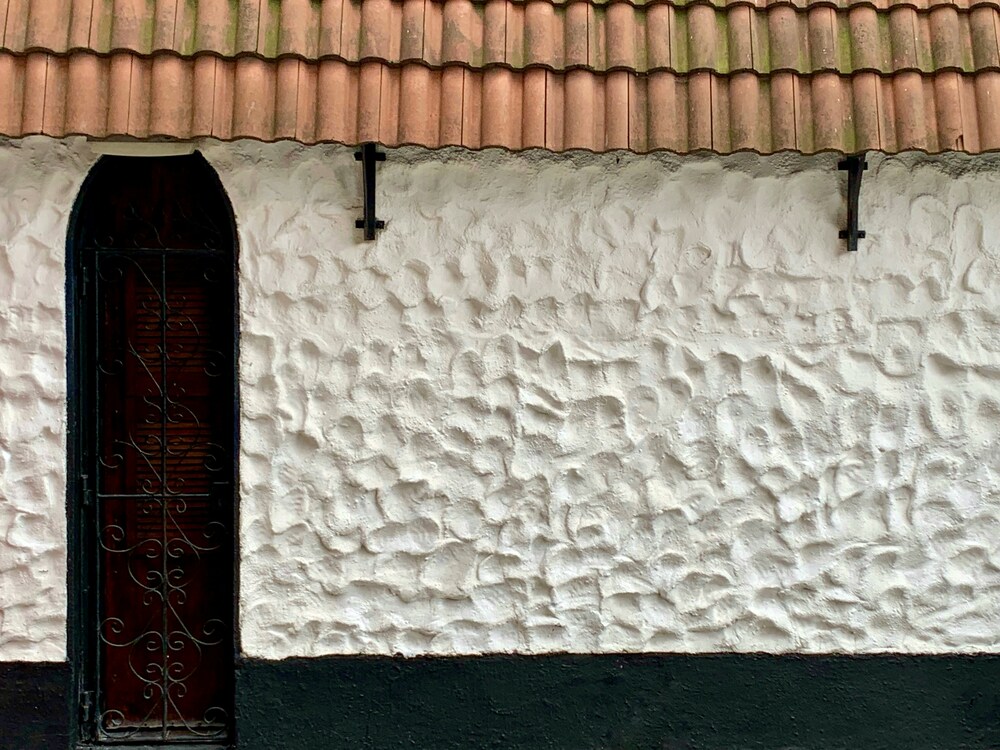
The humidity factor adds another layer of complexity. Without adequate insulation and moisture barriers, humid air can penetrate your walls, leading to condensation issues and making your home feel clammy even when the temperature is technically comfortable. Professional insulation companies tampa understand these local climate challenges and can recommend solutions that address both temperature control and moisture management.
Common Signs Your Tampa Home Needs Better Wall Insulation
Your home often gives clear signals when wall insulation isn’t performing properly. Drafty walls that feel warm to the touch during summer indicate heat is penetrating through inadequate insulation. You might notice certain rooms are consistently hotter or cooler than others, despite having the same thermostat setting.
Energy bills that keep climbing despite no changes in usage patterns often point to insulation problems. When your HVAC system works overtime to compensate for heat loss or gain through walls, those extra operating hours show up in your monthly costs. External noise from traffic, storms, or neighborhood activities filtering into your home also suggests insufficient insulation, since quality wall insulation provides significant soundproofing benefits.
In older Tampa homes, visual inspection might reveal sagging or deteriorated insulation in accessible wall cavities, gaps around electrical outlets, or water stains that indicate moisture intrusion problems.
How Poor Wall Insulation Affects Energy Efficiency
Understanding the connection between your walls and energy costs helps explain why insulation upgrades often pay for themselves through reduced utility bills.
The Link Between Wall Insulation and Energy Bills
According to the Department of Energy, walls can account for up to 35% of heat loss in homes without proper insulation. In Tampa’s climate, this translates to your air conditioning working significantly harder during summer months and your heating system struggling during cooler periods.
When heat moves freely through uninsulated walls, your HVAC system runs longer cycles to maintain comfortable temperatures. This extra runtime doesn’t just increase energy consumption—it also accelerates wear on your equipment, potentially leading to premature replacement costs. Homeowners who reduce energy bills with wall insulation Tampa often see 15-25% decreases in their monthly utility costs, with savings varying based on home size, existing insulation levels, and chosen upgrade materials.
The thermal bridging effect compounds these problems. Without continuous insulation, structural elements like wall studs create pathways for heat transfer, reducing the overall effectiveness of any existing insulation and creating hot or cold spots throughout your home.
Noise Reduction Benefits of Proper Wall Insulation
Quality wall insulation serves double duty by significantly reducing noise infiltration from outside sources. Tampa homeowners deal with various noise challenges, from busy traffic corridors and nearby construction to intense thunderstorms and neighborhood activities.
Insulation materials work by absorbing sound waves and preventing them from traveling through wall cavities. Dense insulation like spray foam or cellulose can reduce noise transmission by 30-50%, creating a noticeably quieter indoor environment. This benefit becomes particularly valuable for homes near airports, major roads, or in densely populated neighborhoods where external noise can disrupt sleep and daily activities.
Exploring Wall Insulation Options for Tampa Homes
Choosing the right insulation material depends on your budget, home construction, and specific comfort goals. Each option offers distinct advantages for Tampa’s climate conditions.
Fiberglass Batts: Affordable and Traditional
Fiberglass batt insulation remains popular due to its combination of affordability and decent thermal performance. These pre-cut sections fit between wall studs and provide R-values typically ranging from R-11 to R-15 for standard wall thickness.
For Tampa homeowners on tight budgets, fiberglass offers reasonable thermal protection at the lowest upfront cost. The material resists moisture better than some alternatives and maintains its insulating properties over time when properly installed. Many DIY-oriented homeowners can handle fiberglass installation, though proper safety equipment is essential due to potential skin and respiratory irritation.
However, fiberglass batts require precise installation to achieve their rated performance. Gaps around electrical outlets, pipes, or irregular framing can significantly reduce effectiveness. In Tampa’s humid climate, any air gaps allow moisture-laden air to penetrate walls, potentially leading to condensation issues.
Spray Foam Insulation: Superior Air Sealing
Spray foam creates the most complete thermal barrier available for wall applications. The expanding foam fills gaps and cracks that other insulation types can’t address, creating an airtight seal that blocks both air movement and moisture infiltration.
Spray foam insulation for Tampa homes offers exceptional energy efficiency, with R-values ranging from R-6 to R-7 per inch. This higher performance means spray foam can achieve better insulation in thinner wall cavities. The material’s moisture resistance makes it ideal for Tampa’s humid conditions, and its soundproofing capabilities exceed most other options.
The main drawbacks include higher upfront costs and the requirement for professional installation. Spray foam also requires proper ventilation during application and curing, making it less suitable for occupied homes without proper precautions.
Cellulose Insulation: Eco-Friendly and Effective
Blown-in cellulose offers an environmentally conscious option made from recycled paper products treated with fire retardants. This material fills wall cavities completely, including around obstacles like wiring and pipes that might create gaps with batt insulation.
Cellulose provides good thermal performance with R-values around R-3.7 per inch, and its dense composition offers excellent soundproofing qualities. The material’s ability to absorb and release moisture can help regulate humidity levels in Tampa homes when properly installed with appropriate vapor barriers.

Tampa’s high humidity requires careful attention to moisture management with cellulose. The material can settle over time, potentially reducing its effectiveness, and excessive moisture exposure can lead to mold growth. Professional installation ensures proper density and moisture protection.
Rigid Foam Boards: High-Performance Option
Rigid foam boards provide the highest R-values per inch, typically ranging from R-4 to R-8 depending on the specific foam type. These boards work well for exterior wall applications or interior installation in homes undergoing major renovations.
The continuous insulation layer eliminates thermal bridging through wall studs, providing superior thermal performance. Rigid foam offers excellent moisture resistance and long-term durability, making it ideal for Tampa’s challenging climate conditions.
Installation complexity and higher material costs limit rigid foam to specific applications. The boards require careful fitting and sealing at joints to maintain effectiveness, typically requiring professional installation for optimal results.
Seasonal Considerations for Wall Insulation in Tampa
Tampa’s seasonal variations require insulation solutions that perform effectively year-round, addressing both extreme heat and unexpected cold periods.
Preparing for Tampa’s Hot and Humid Summers
During summer months, quality wall insulation prevents outdoor heat from penetrating your home’s interior, reducing the workload on your air conditioning system. Insulation with proper vapor barriers prevents humid outdoor air from entering wall cavities where it could condense and create moisture problems.
Moisture-resistant insulation materials help prevent mold growth, which can become a serious problem in Tampa’s humid summer conditions. Proper insulation also helps maintain consistent indoor humidity levels, improving overall comfort even when outdoor humidity reaches uncomfortable levels.
Handling Occasional Cold Snaps
While Tampa winters are generally mild, sudden temperature drops can catch poorly insulated homes unprepared. Quality wall insulation helps retain heat during these cooler periods, preventing uncomfortable temperature swings and reducing heating costs.
Insulation for Tampa winter comfort becomes particularly important in homes with large windows or older construction that might be more susceptible to heat loss. Proper insulation helps maintain consistent temperatures throughout your home, eliminating cold spots that can make certain rooms uncomfortable during cooler weather.
Long-Term Benefits of Upgrading Wall Insulation
Investing in quality wall insulation provides benefits that extend well beyond immediate comfort improvements.
Energy Savings and ROI
Most Tampa homeowners see 15-30% reductions in energy costs after upgrading wall insulation, with actual savings depending on existing insulation levels and chosen materials. The typical payback period ranges from 3-7 years, making insulation upgrades one of the most cost-effective home improvements available.
Florida’s energy efficiency rebate programs may help offset initial costs, and federal tax credits for energy-efficient improvements can provide additional savings. These incentives, combined with monthly utility savings, improve the overall return on investment for insulation upgrades.
Enhanced Home Comfort and Property Value
Consistent indoor temperatures eliminate hot and cold spots that make certain rooms uncomfortable. Quality insulation also reduces drafts and temperature fluctuations that can disrupt sleep or daily activities.
Modern insulation systems increase home resale value by improving energy efficiency ratings and overall comfort. Prospective buyers increasingly value energy-efficient features, and homes with quality insulation often sell faster and command higher prices than comparable properties without efficiency upgrades.
Improve home comfort with wall insulation Tampa upgrades typically increase property values by more than their installation costs, providing both immediate comfort benefits and long-term financial returns.
Environmental Impact of Energy-Efficient Homes
Reduced energy consumption directly translates to lower carbon emissions from power generation. Tampa homeowners who upgrade insulation contribute to environmental conservation while reducing their household energy footprint.
Quality insulation supports sustainable living by maximizing the efficiency of existing HVAC systems and reducing the need for equipment upgrades. This approach appeals to environmentally conscious homeowners who want to minimize their impact while maintaining comfortable living conditions.
Why Choose TLS Energy Savers for Your Insulation Needs
Selecting the right contractor ensures your insulation upgrade delivers expected performance and comfort improvements.
Expertise in Tampa-Specific Insulation Solutions
TLS Energy Savers understands Tampa’s unique climate challenges and recommends insulation solutions that address both temperature control and moisture management. Their experience with local building codes and construction methods ensures proper installation that maximizes performance and longevity.

Comprehensive energy assessments identify the most effective insulation upgrades for your specific home and budget. This targeted approach ensures you invest in improvements that provide the greatest comfort and energy savings benefits.
Seamless Process from Consultation to Completion
Professional installation begins with thorough inspection to identify existing insulation deficiencies and determine the best upgrade approach. The team focuses on minimally invasive techniques that minimize disruption to your daily routine while ensuring complete coverage and proper air sealing.
Quality installation includes attention to details like sealing around electrical outlets, pipes, and other penetrations that can compromise insulation effectiveness. This comprehensive approach ensures your upgrade delivers expected performance and comfort improvements for years to come.
FAQs About Wall Insulation for Tampa Homeowners
How much can I save on energy bills with new wall insulation?
Most Tampa homeowners see 15-25% reductions in energy costs after upgrading wall insulation. Actual savings depend on your home’s size, existing insulation levels, and chosen materials. Larger homes with minimal existing insulation typically see the greatest savings, while newer homes with some insulation may see more modest improvements.
What’s the best insulation material for Tampa’s humid climate?
Spray foam offers the best moisture resistance and air sealing for Tampa’s humid conditions, though it requires higher upfront investment. Properly installed fiberglass with vapor barriers provides good performance at lower cost, while cellulose offers eco-friendly performance when installed with appropriate moisture protection.
How long does wall insulation installation take?
Retrofitting existing walls typically takes 1-3 days depending on home size and chosen materials. Spray foam installation may require additional time for curing and ventilation. Most installations cause minimal disruption to daily routines, with crews working efficiently to complete projects quickly.
Can new wall insulation help with noise reduction?
Yes, quality wall insulation significantly reduces noise transmission from outside sources. Dense materials like spray foam and cellulose provide the best soundproofing benefits, often reducing noise levels by 30-50% compared to uninsulated walls.
Is wall insulation compatible with my existing HVAC system?
Wall insulation upgrades complement existing HVAC systems by reducing heating and cooling loads. Better insulation allows your system to maintain comfortable temperatures more efficiently, potentially extending equipment life and reducing maintenance requirements. Some homeowners find they can downsize HVAC equipment when replacing systems after insulation upgrades.
illustrarch is your daily dose of architecture. Leading community designed for all lovers of illustration and #drawing.
Submit your architectural projects
Follow these steps for submission your project. Submission FormLatest Posts
The Ultimate Guide to Fencing in North Dakota: Choosing the Best Fence for Your Property
Watching a chain link fence twist in 70 mph winds near Minot...
Gaudí: Where Architecture Meets Science
Gaudí: Where Architecture Meets Science shows catenary arches, ruled surfaces, and biomimicry...
How Housing Market Forces Shape Architectural Design Today
Architecture never exists in isolation. Buildings rise from a mix of ambition,...
Why Portable Formaldehyde Gas Detectors Matter on Construction Sites
As construction practices shift toward more enclosed and material-intensive environments, the risk...




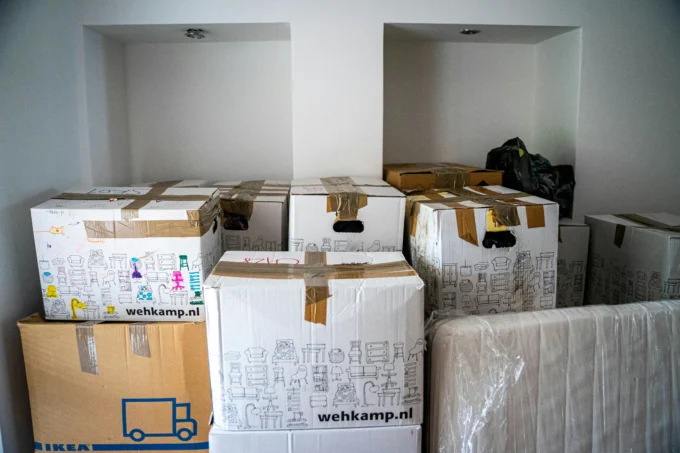

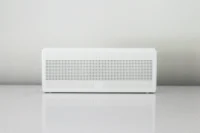



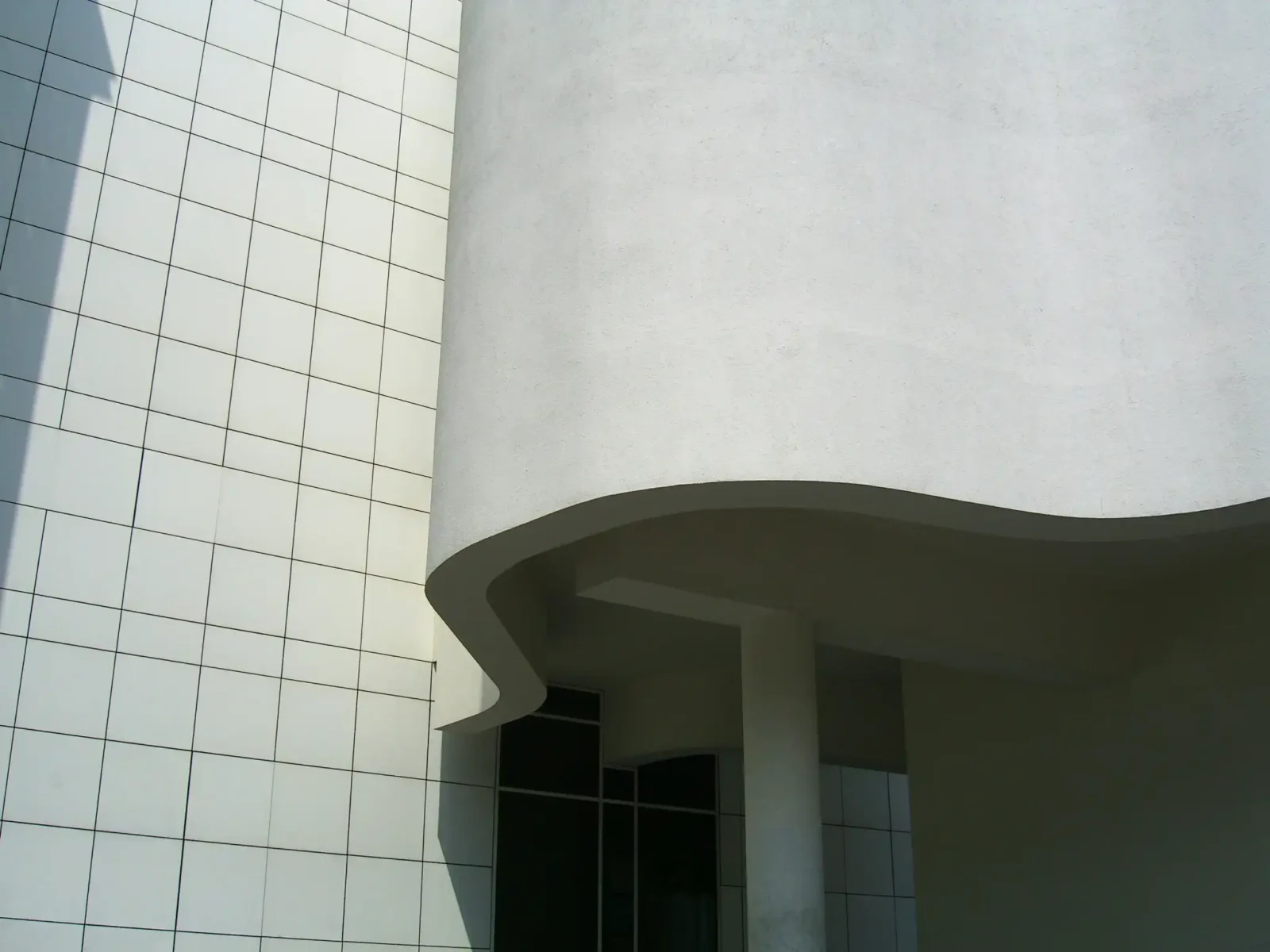

Leave a comment